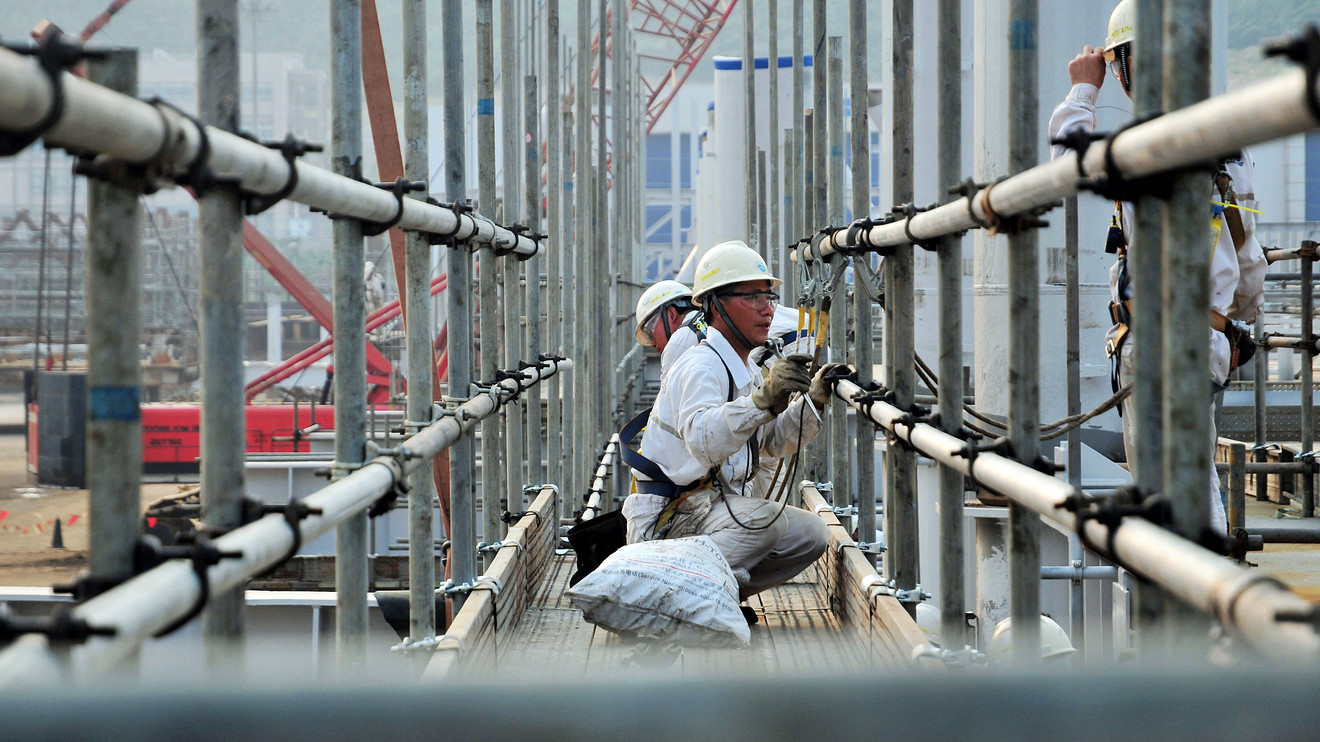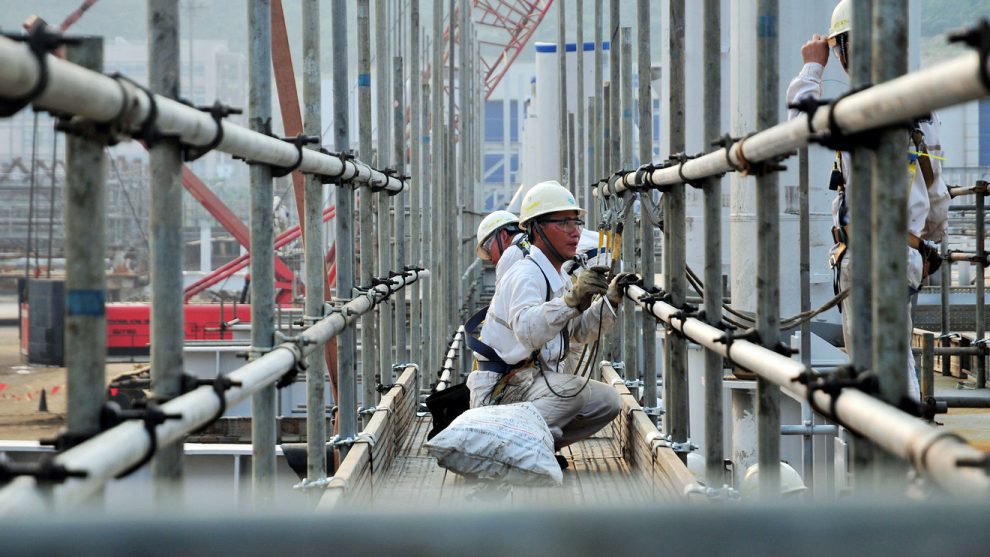
Oil futures climbed sharply for a second straight session Friday, with bulls cheered by trade developments even as worrisome demand factors mix with news that domestic supplies hit a nearly two-year high, a combo that sent U.S. benchmark crude into bear territory this week.
Oil turned sharply higher by Thursday’s settlement and added to gains early Friday as a report that the U.S. may delay tariffs on Mexico helped ease concerns, for now, over trade tensions that threaten to hurt energy demand. The U.S. is considering delaying tariffs on Mexican goods threatened by President Donald Trump, Bloomberg News reported. Trump had said tariffs would kick in Monday. Trade is linked to global growth and thus, to energy demand.
“Optimism that Trump could delay the Mexico tariffs, in addition to the prospect of OPEC continuing output cuts helped pick oil prices up from the oversold territory of earlier this week,” said Jasper Lawler, head of research with London Capital Group. “That said, the outlook for oil remain dim given the ongoing trade dispute with China and fears of a global downturn.”
Early Friday, West Texas Intermediate crude for July delivery CLN19, +0.99% rose 70 cents, or 1.3%, to $53.29 a barrel on the New York Mercantile Exchange, moving away from the five-month lows hit earlier this week. WTI is headed for a narrowly lower finish for the week.
WTI prices remained about 20% below the most recent high of $66.30 on April 23, according to Dow Jones Market Data. A bear market is traditionally marked by a drop of 20% or more from a recent high.
International benchmark August Brent BRNQ19, +1.15% was up $1.03, or 1.7%, at $62.70 a barrel on ICE Futures Europe. Before the late-week rebound, front-month contract prices logged their lowest finish since Jan. 28 at midweek, nearly dropping back below $60. Brent prices are trading about 17% below their settlement high seen in April. A finish below $59.656 would mark Brent’s entry into a bear market. Front-month futures are down about 6.8% for the week.
Read: AAA forecasts a decline in summer gas prices
A Thursday energy report from Morgan Stanley’s equity research team indicated that investors are facing “a potentially more challenging global oil demand environment.”
Meanwhile, supplies have been rising. The Energy Information Administration this week reported that U.S. crude supplies rose by 6.8 million barrels for the week ended May 31. That was the largest weekly increase in five weeks.
Traders are also watching updates on a production-cut agreement between the Organization of the Petroleum Exporting Countries and other major oil producers ahead of the deal’s expiration at the end of this month. The next OPEC meeting, which had been scheduled for June 25-26, may be postponed to early July at the request of Russia, according to some news reports.
Back on Nymex, prices for natural gas finished lower after the EIA said Thursday that supplies of the commodity rose by 119 billion cubic feet for the week ended May 31. That was larger than the increase of 111 billion expected by analysts polled by S&P Global Platts.
July natural gas NGN19, +0.56% gained 0.5% to $2.336 per million British thermal units.
Also on Nymex, July gasoline RBN19, +1.00% rose 1.1% to $1.7268 a gallon and July heating HON19, +0.92% added 1.1% to $1.8085 a gallon.









